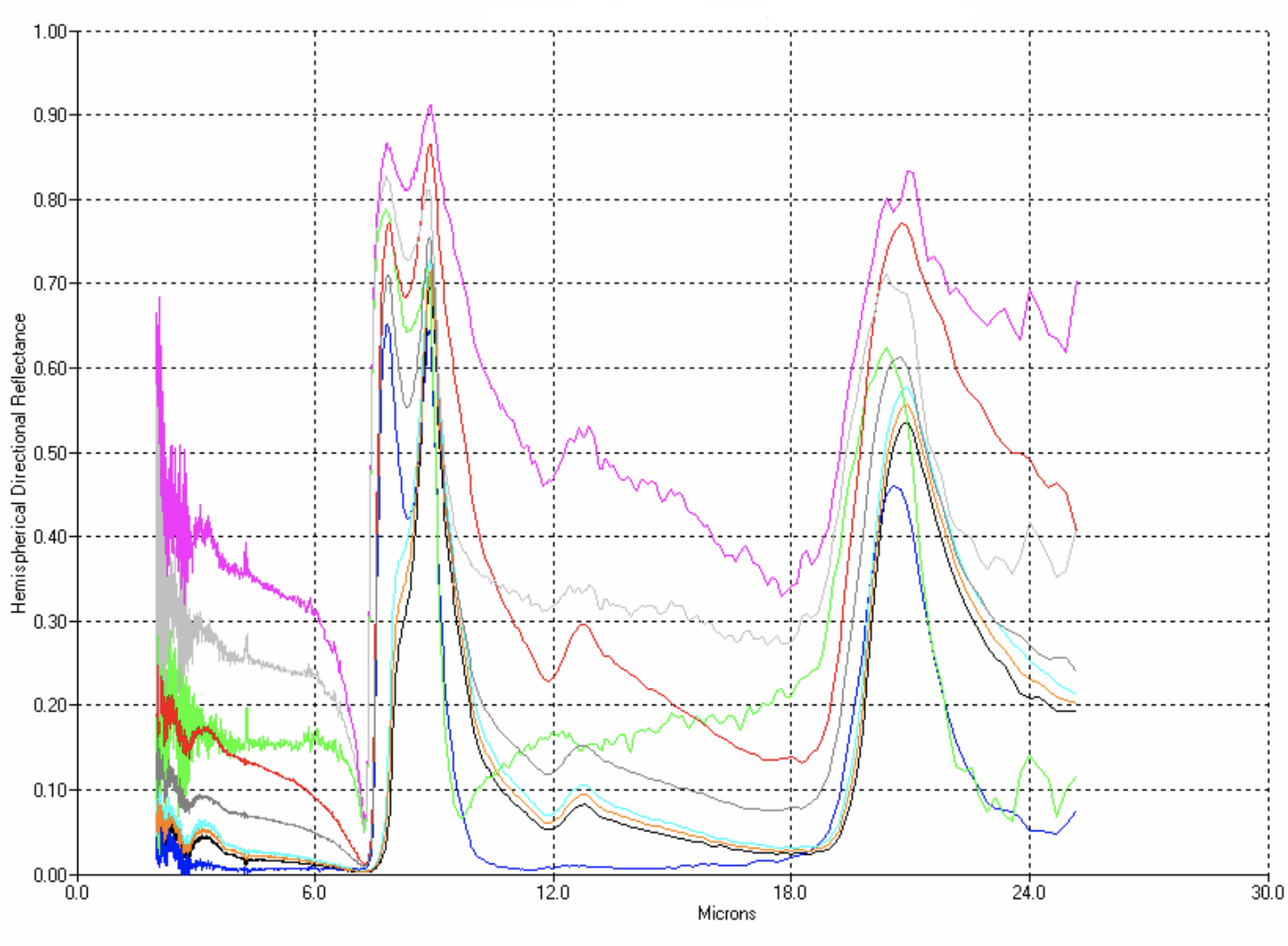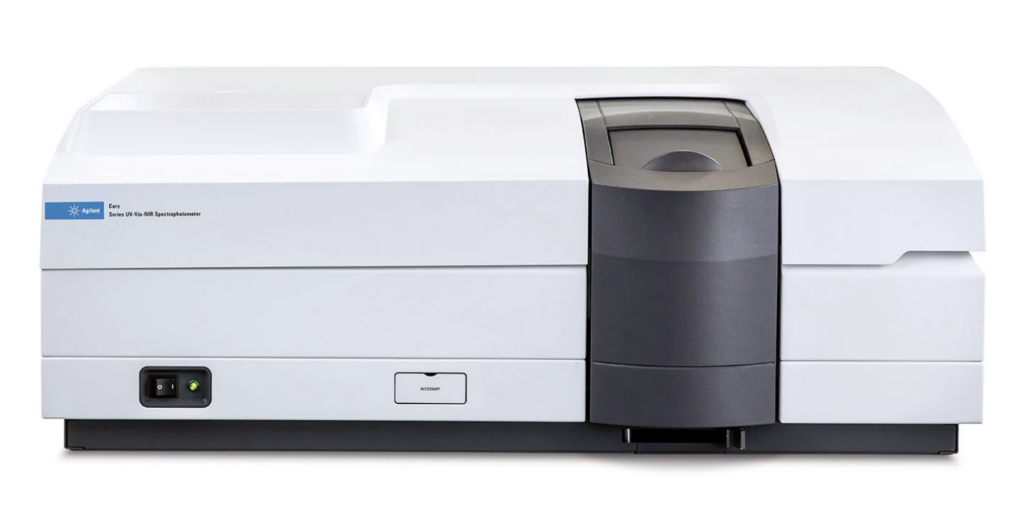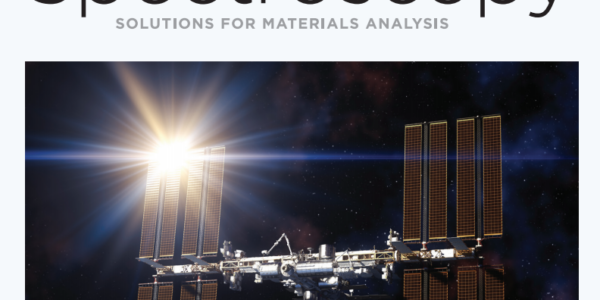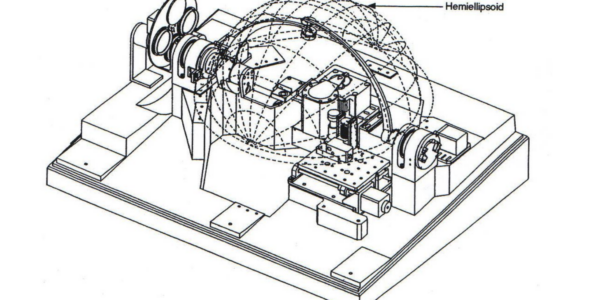Non-contact, non-destructive specular reflectance and transmittance characterization
Hemispherical directional reflectance (HDR) measures the fraction of the light incident on a sample at a given angle that is reflected back into the hemisphere. Typical HDR measurements are made out to 25 μm. We measure HDR as a function of reflected polar angle, polarization, wavelength, temperature, and provide both the specular and diffuse components.


Instrumentation
Cary 5000 UV-Vis-NIR spectrophotometer with a DRA 2500 attachment
- Measure 175 to 3300 nm using a PbSmart NIR detector for extended photometric range
- Extended dynamic range by attenuating the reference beam more in line with the sample absorbance
- Maximum light throughput using Schwarzchild coupling optics for higher accuracy at low transmission levels
- Minimal noise and stray light using a floating aluminum casting and double Littrow monochromator

SOC-100 HDR
- Parallel, perpendicular & unpolarized reflectance at 12 user-selected angles between 8° and 80°.
- Separation of the reflectance into diffuse and specular components.
- Collimated and scattered transmittance at 0° incidence.
- Directional emittance as a function of wavelength and temperature beyond 500°C.
- Total hemispherical emittance as a function of temperature.



